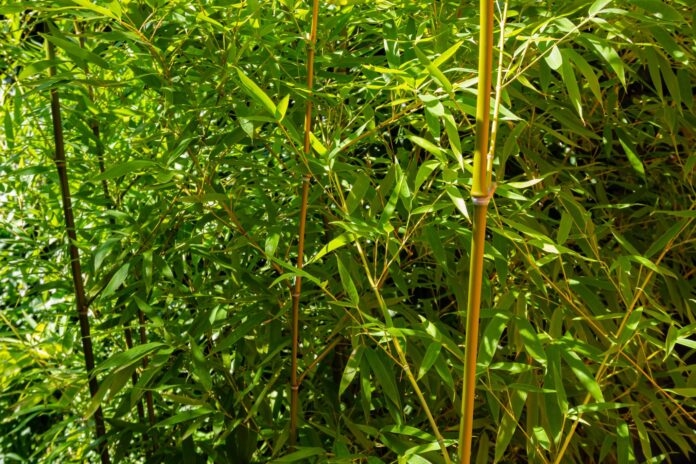AUBURN UNIVERSITY, Ala. – Beauty can be deceiving, especially in the garden. Invasive species of plants are often pretty or ornamental. Whether homeowners purchase a plant or it shows up like a weed, an invasive species can quickly become a problem. Protect the garden and prevent invasives from taking root.
What are invasive species?
Nancy Loewenstein, an Alabama Cooperative Extension System specialist, said invasive species are non-native plants that have escaped cultivation and become weedy problems. While it can be hard to predict which species will become invasive, some frequently seen invasive plant characteristics include the following:
- Competitive (rapid) growth
- Strong reproductive pressure (produce a lot of seeds quickly and sprout quickly after cutting)
- Easily spread seeds (wind, water, birds and other animals)
- Easy establishment
To access a list of invasive plants in Alabama, read the Alabama Invasive Plant Council’s publication. More information is also available in the Alabama Extension publication, Invasive Plants: Exotic Beauties Can Have Devastating Results. More than 50 percent of the species on the Alabama Invasive Plant Council’s invasive plant list are escaped ornamentals. Seeds from invasive plants—including escaped ornamentals—may end up in the garden or landscape where they act as weeds and can become an extensive problem.
Danger of invasive species
In addition to being weedy pests, invasives displace native species. This means the species replaces native plants, therefore displacing native animals, insects and soil microbes that depend on the native species.
“As an example, non-native plants support far fewer caterpillars and other insects that songbirds depend on to rear their young,” Loewenstein said.
They can also impact water, nutrients, fire cycles, wildlife habitats, outdoor recreation, aesthetics, natural resource management and productivity.
Removal and control
Once an invasive plant establishes, control is time consuming and may be expensive. The best way to stop the spread of aggressive invaders is to remove the plant entirely. For smaller species, deadheading to remove the flowers before the seeds form is an option. Gardeners and homeowners can also pull seedlings or small plants for effective control. Cut down larger woody species. However, the stump will likely resprout. Homeowners can prevent growth by treating the stump with a herbicide.
“Herbicides can control many species, but care must be taken to avoid damaging desirable species,” Loewenstein said. “Make sure to read the herbicide labels to ensure proper use. In all cases, it’s easier to control invasive plants when there are only a few of them rather than after the infestation becomes large and daunting.”
Increase the health of ornamental plants by avoiding and removing invasive species in the garden.
More information
Read more about stump treatments in the Alabama Extension publication “Cut Stump Herbicide Treatments for Invasive Plant Control.” For more information on how to remove invasive species in the garden, visit the Alabama Extension website, www.aces.edu.




























